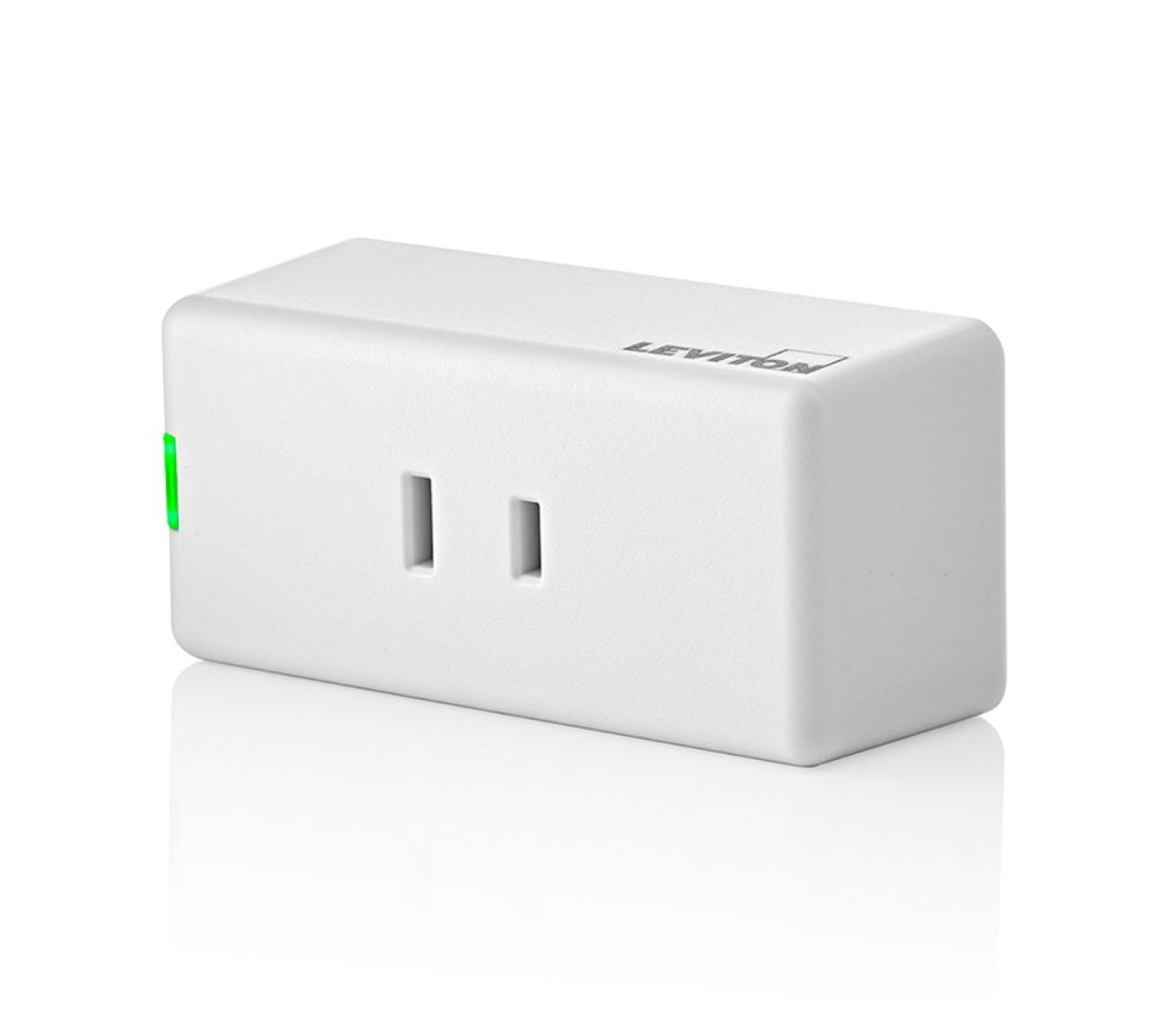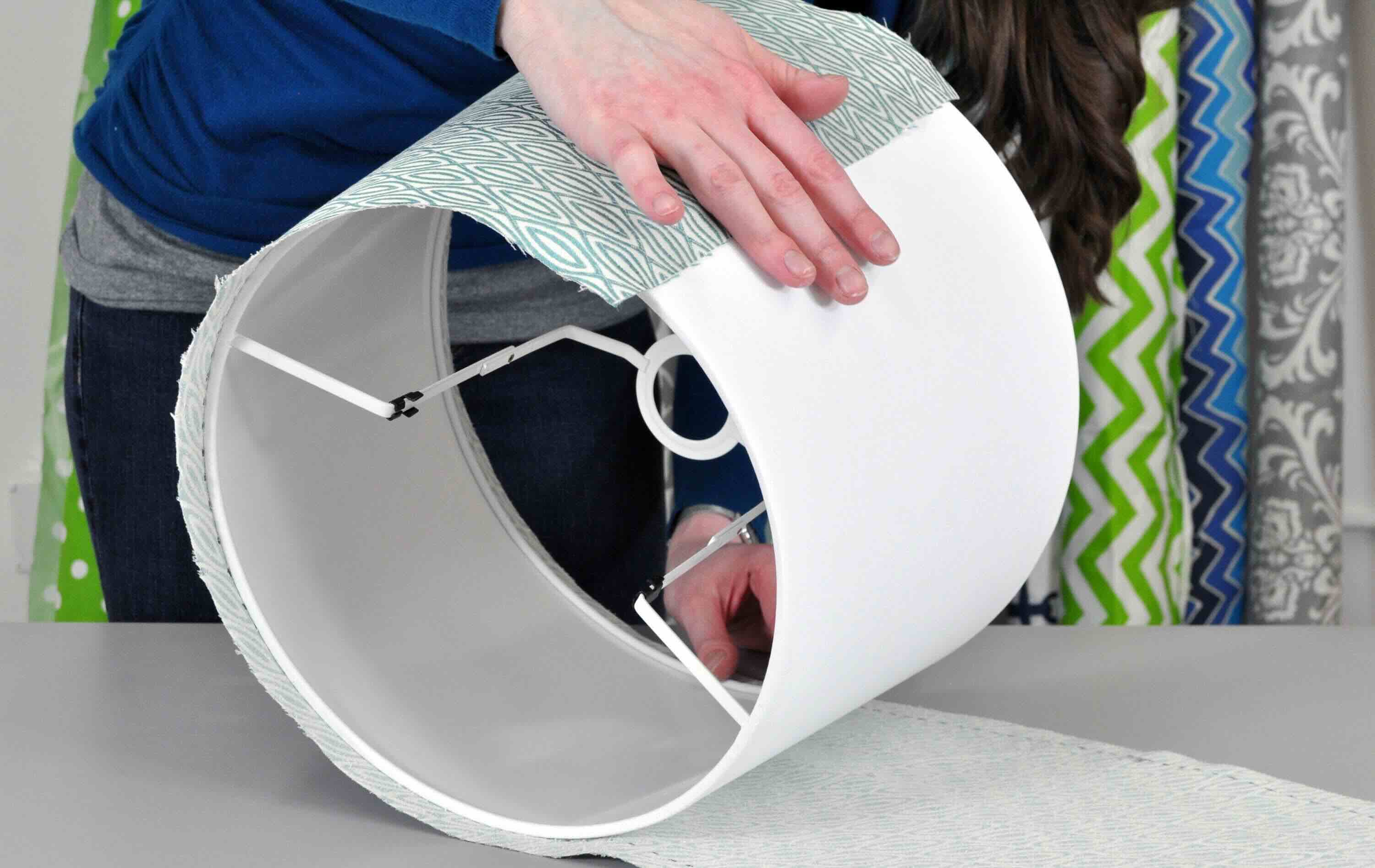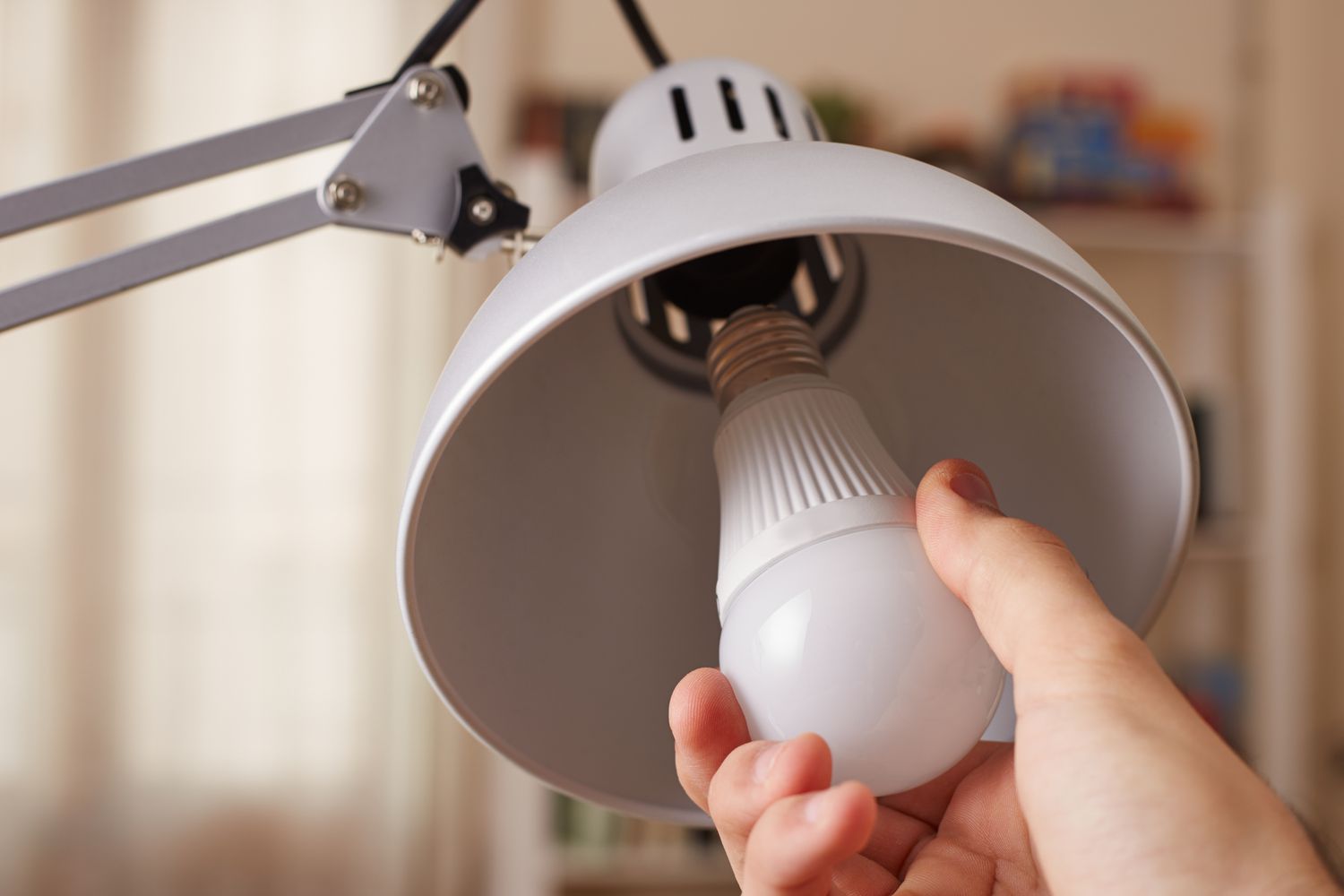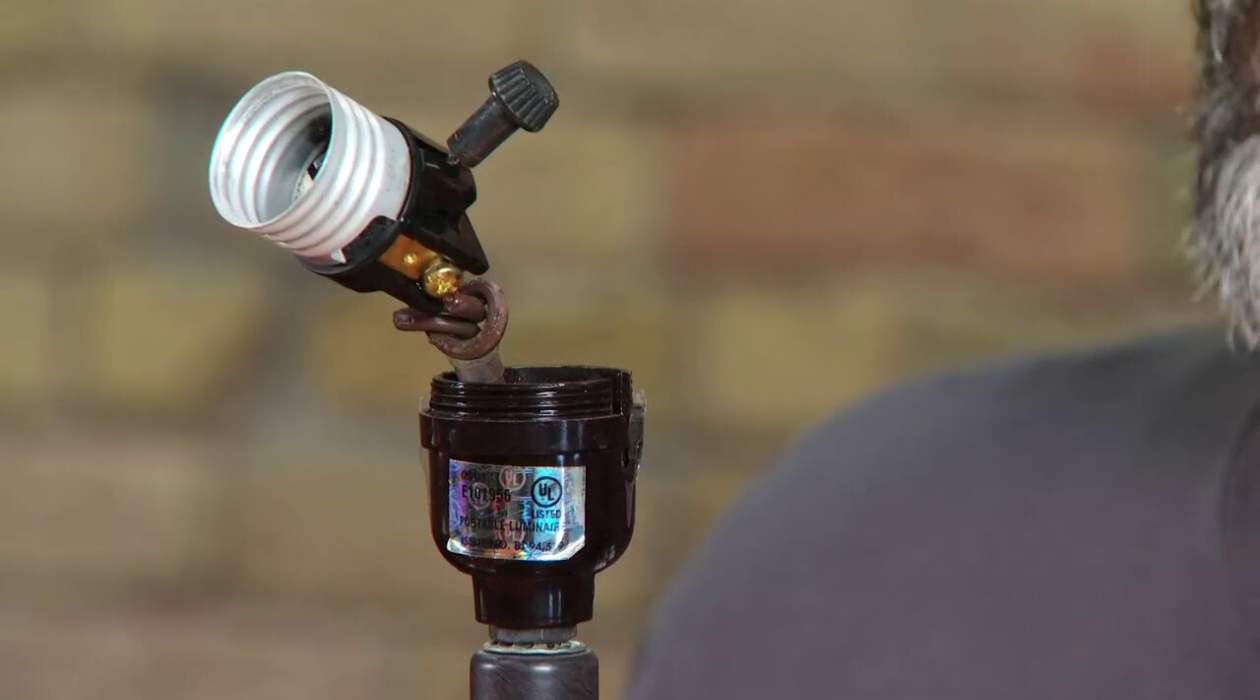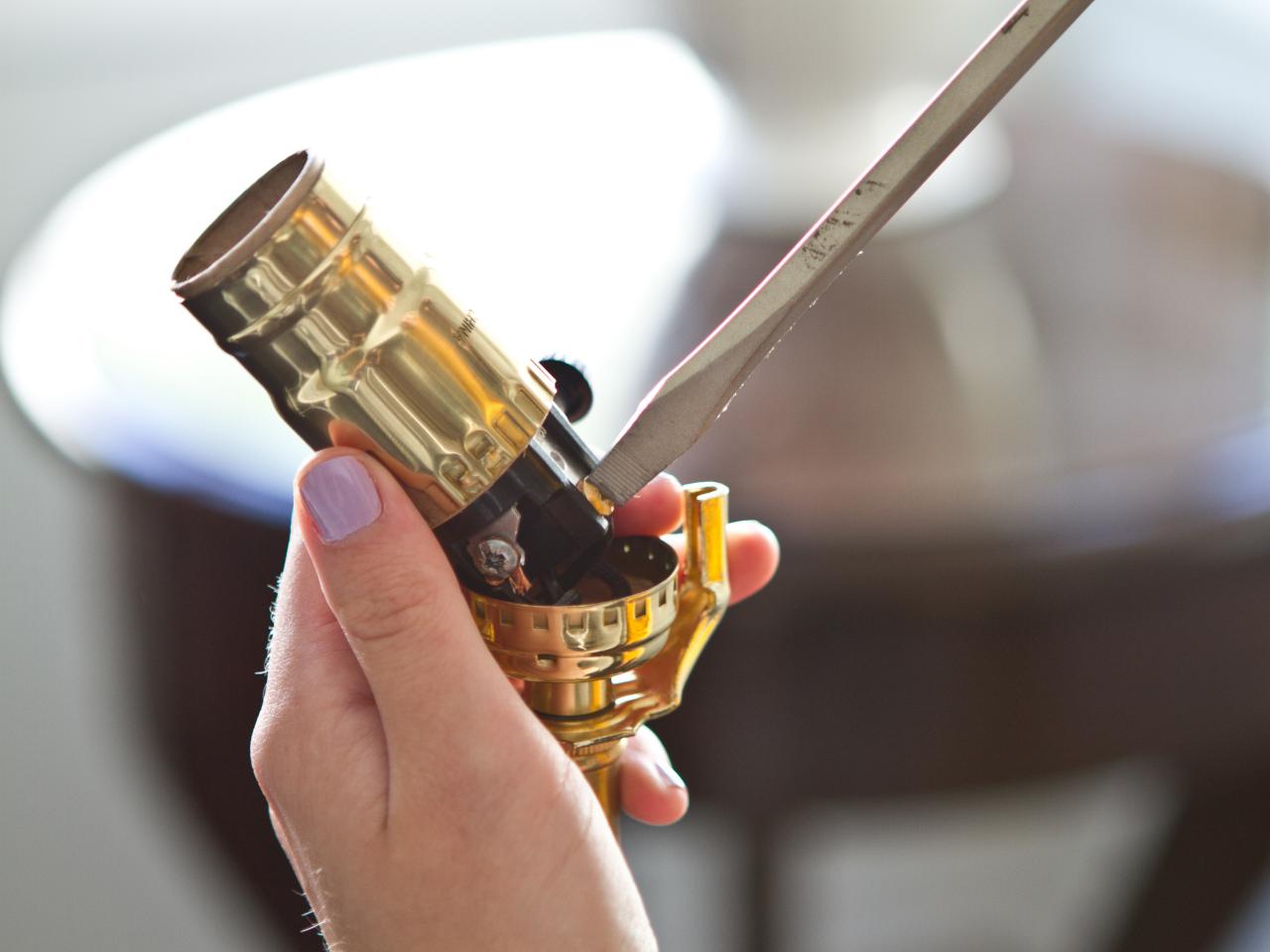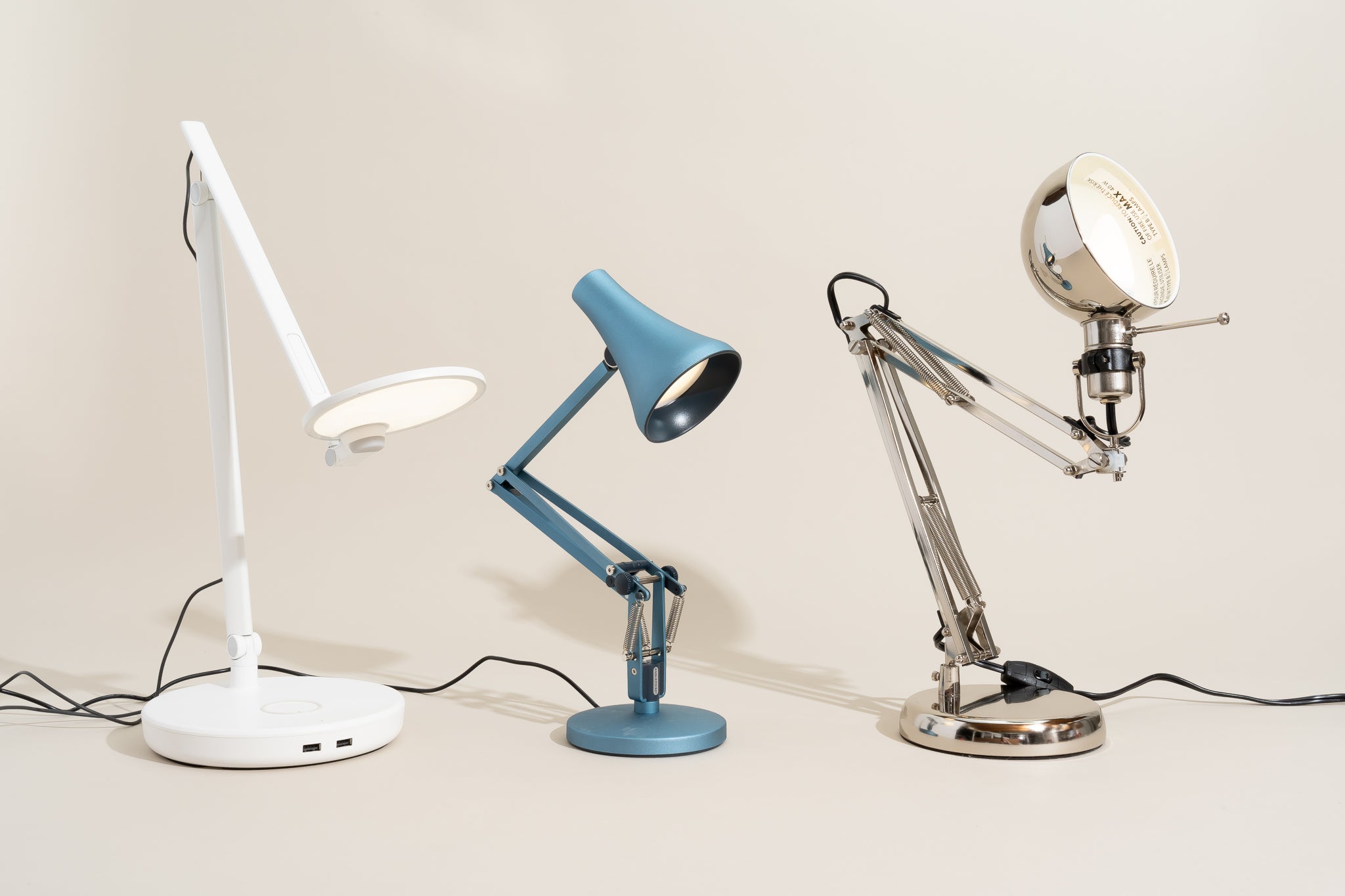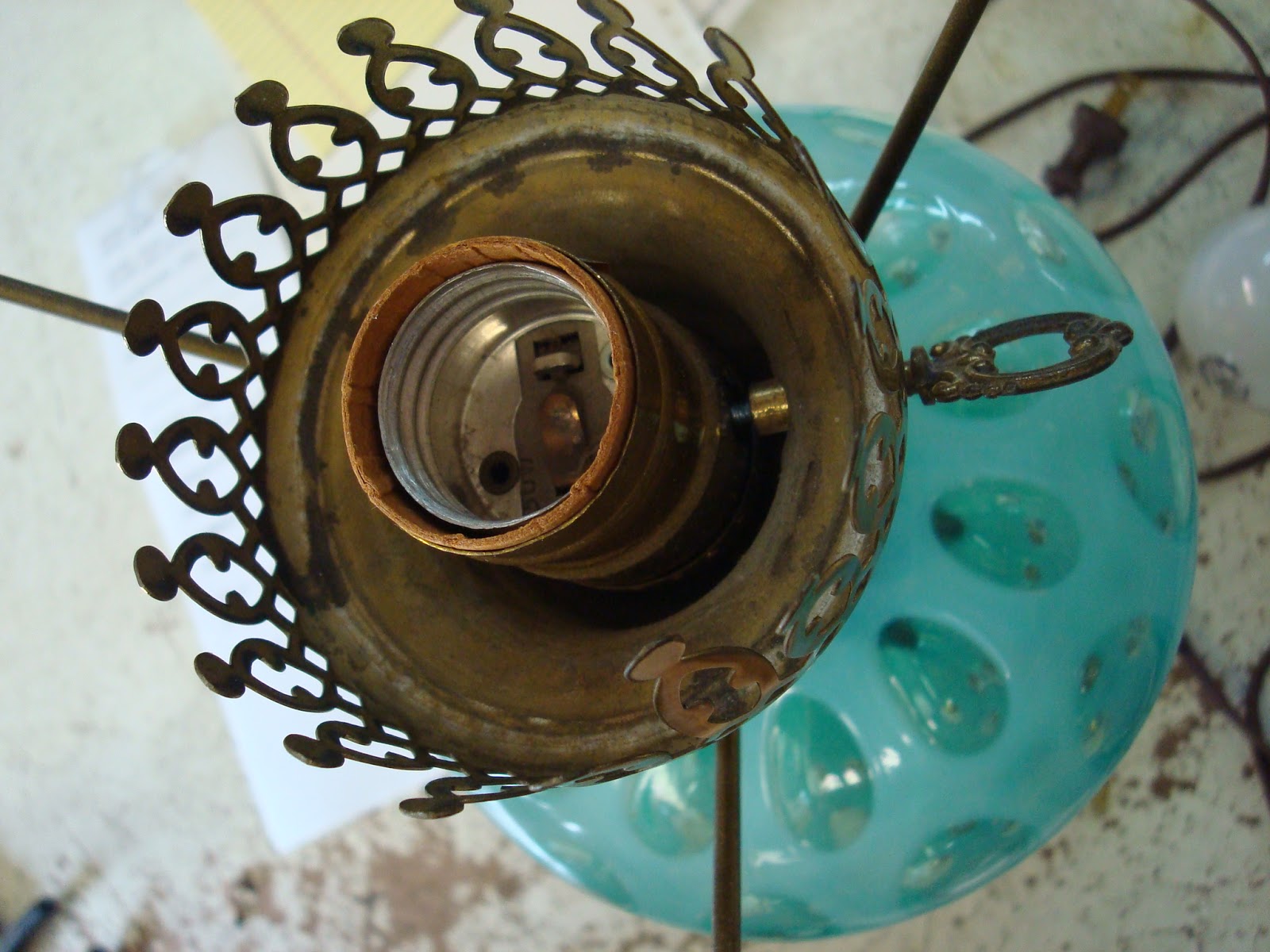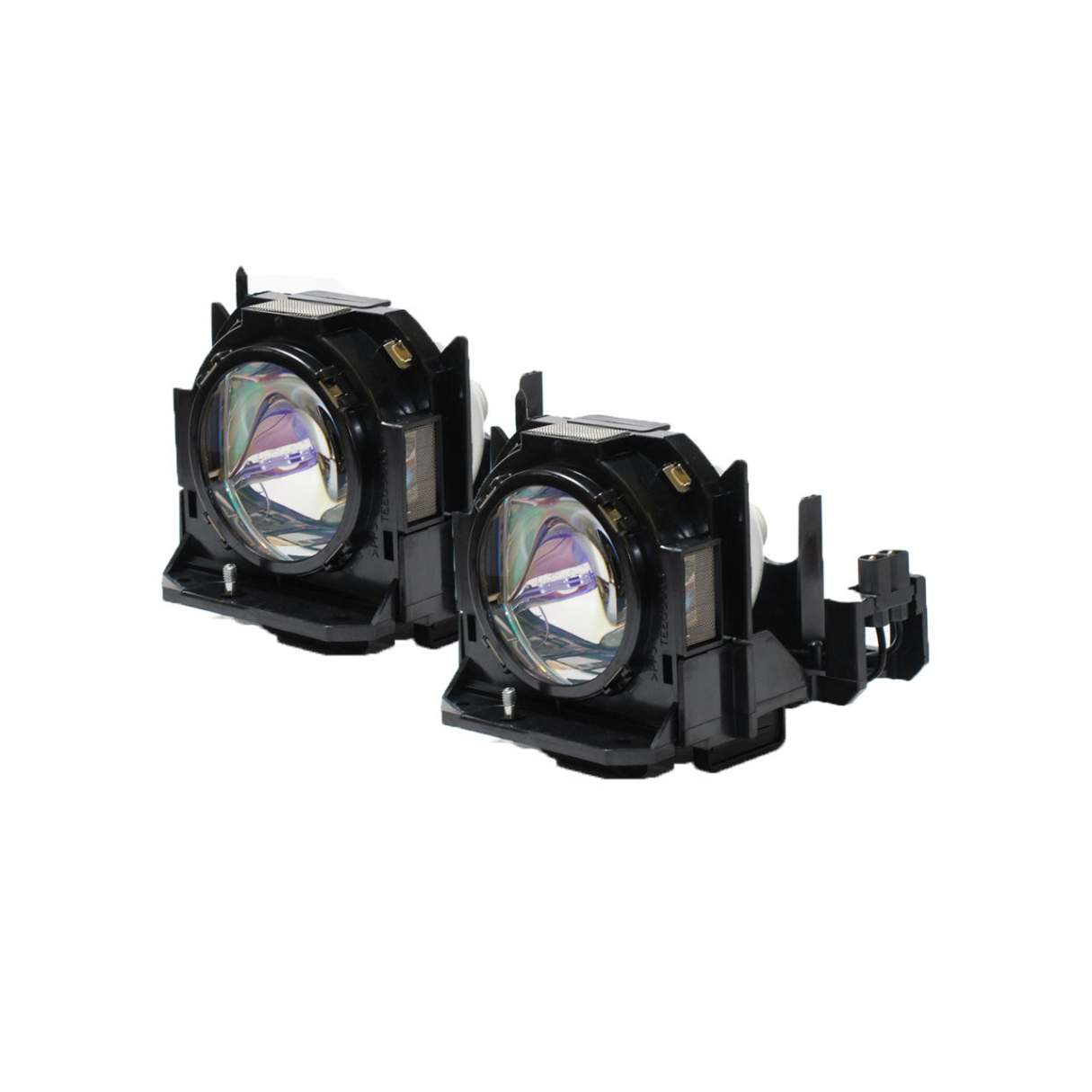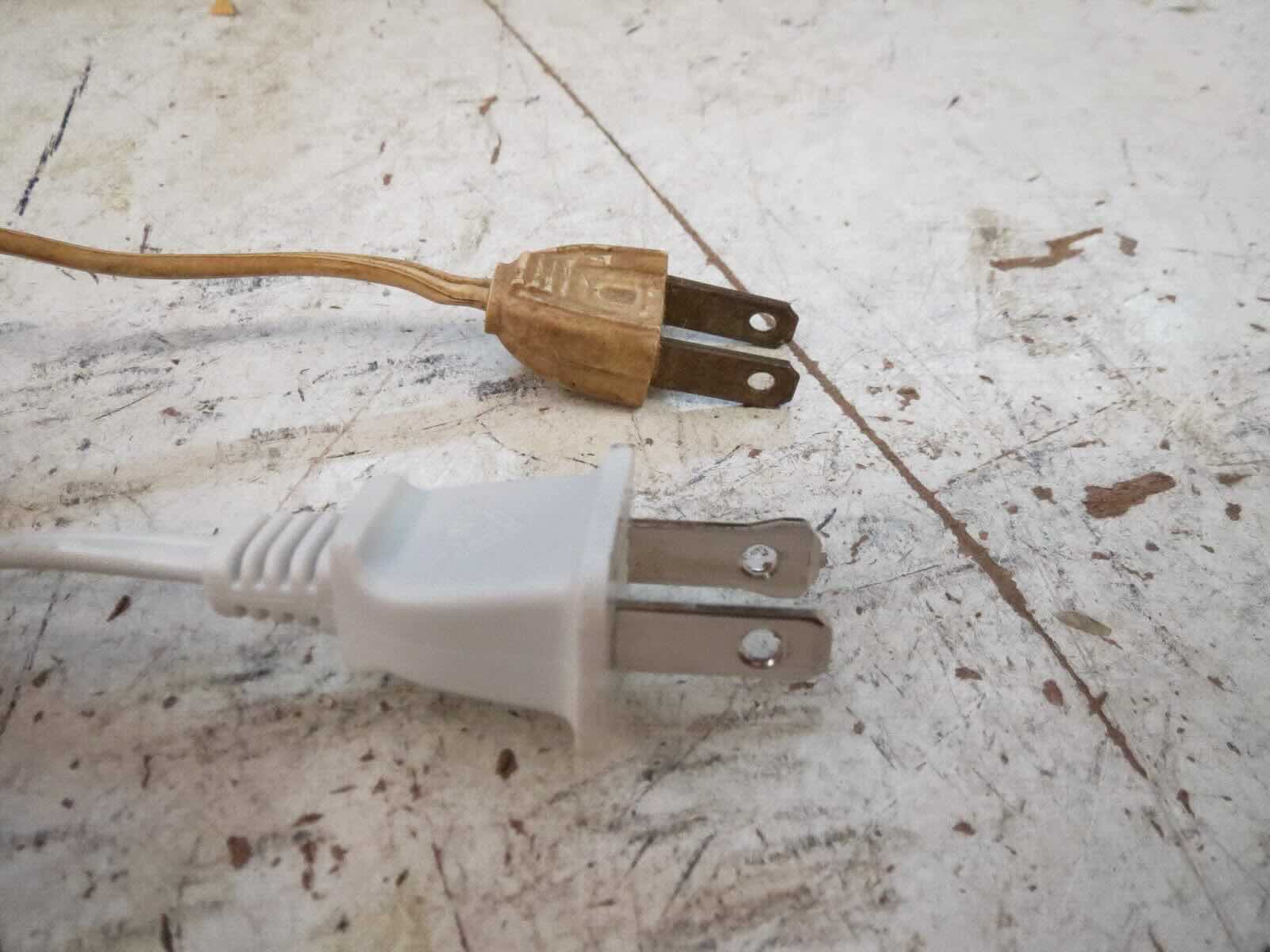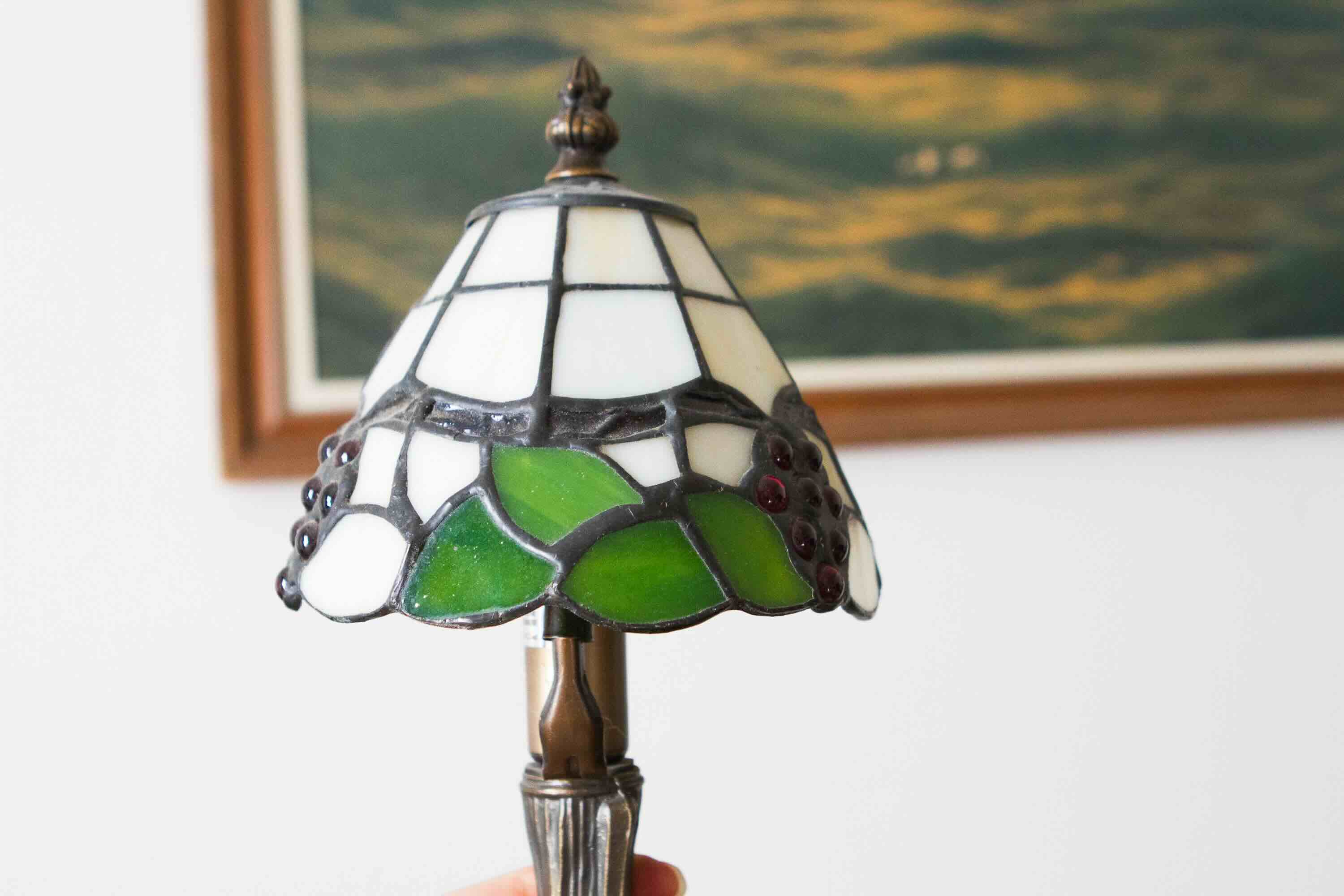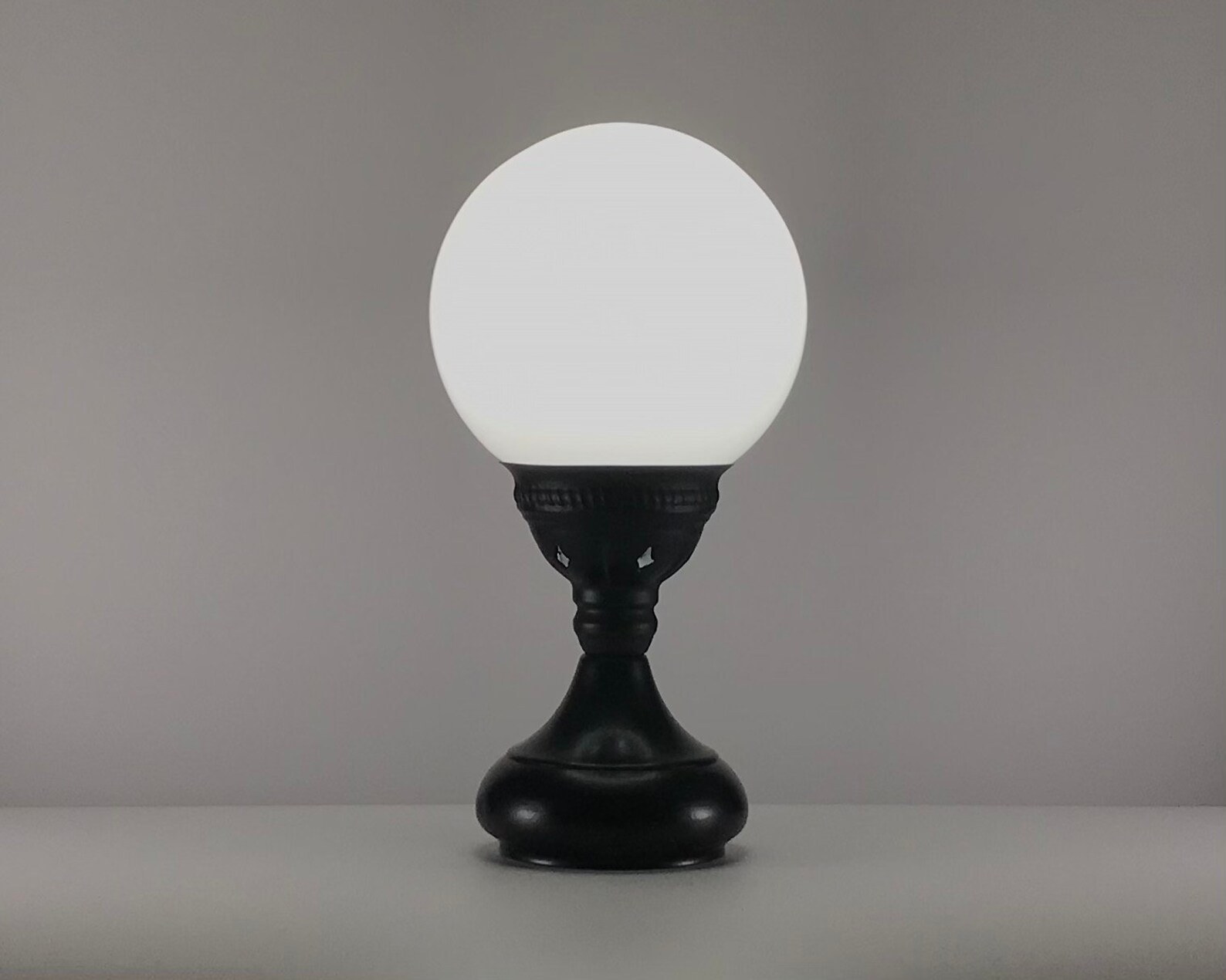

Furniture
How To Dim A Lamp
Modified: February 24, 2024
Learn how to dim a lamp and create the perfect ambience in your space with our easy-to-follow furniture tips. Transform your room with just a flick of a switch!
(Many of the links in this article redirect to a specific reviewed product. Your purchase of these products through affiliate links helps to generate commission for Storables.com, at no extra cost. Learn more)
Introduction
Welcome to our comprehensive guide on how to dim a lamp! Dimming your lamps can create a cozy ambiance, set the mood for a romantic evening, or simply provide a softer, more comfortable light in your living space. Whether you’re looking to create a relaxing atmosphere in your bedroom or add a touch of elegance to your dining room, dimming your lamps is a simple and effective way to enhance the ambiance of any room.
In this guide, we will walk you through the process of dimming a lamp, covering various types of dimmers, understanding voltage and wattage, safety precautions, and provide you with a step-by-step guide to make the process easy and hassle-free. So, let’s get started and bring a new level of versatility to your lighting options!
Key Takeaways:
- Enhance your living space with the perfect ambiance by understanding dimmer types, voltage, and wattage. Prioritize safety and troubleshooting for a seamless dimming experience.
- Transform your lighting options with the versatility of dimming lamps. Follow safety precautions, troubleshoot common issues, and enjoy the cozy atmosphere in your home.
Read more: How To Dim The Light On Alexa
Types of Dimmers
Before diving into the process of dimming a lamp, it’s important to understand the different types of dimmers available. The type of dimmer you choose will depend on your specific needs and the type of lamp you want to dim. Here are the most common types of dimmers:
- Rheostat Dimmers: Also known as rotary dimmers, these types of dimmers feature a rotary dial that allows you to adjust the brightness of the lamp. They are simple to use and are often used for table lamps or floor lamps.
- Slide Dimmers: Slide dimmers have a sliding switch that you can move up and down to adjust the brightness of the lamp. They are commonly used for controlling the brightness of overhead lights or wall sconces.
- Touch Dimmers: As the name suggests, touch dimmers use touch-sensitive technology to control the brightness of the lamp. They typically feature a touch pad or panel that you can tap or swipe to adjust the light level.
- Remote Dimmers: Remote dimmers offer the convenience of controlling the lamp’s brightness from a distance. They come with a handheld remote control that allows you to adjust the light level without having to physically interact with the dimmer switch.
- Smart Dimmers: Smart dimmers are the latest innovation in lighting control. They can be controlled through smartphone apps or voice assistants like Amazon Alexa or Google Assistant. Some smart dimmers also offer additional features like scheduling, color control, and integration with other smart home devices.
When choosing a dimmer, consider factors such as the type of lamp you have, your personal preference for control, and the level of convenience you desire. It’s also important to ensure that the dimmer is compatible with the type of bulb you are using. Some dimmers may not work well with certain types of bulbs, such as LED or CFL bulbs, so be sure to check for compatibility before making a purchase.
Understanding Voltage and Wattage
When it comes to dimming a lamp, it’s essential to have a basic understanding of voltage and wattage. These two factors play a crucial role in determining whether a lamp can be dimmed and how effectively it can be dimmed.
Voltage: Voltage refers to the amount of electrical force or pressure that is present in a circuit. It is typically measured in volts (V). Most residential electrical systems operate at a standard voltage of 120 volts in the United States. When choosing a dimmer, make sure it is compatible with the voltage of your electrical system.
Wattage: Wattage is a measure of the amount of power consumed by a lamp. It indicates the rate at which electricity is used. The wattage of a lamp is typically marked on the lamp or included in its packaging. It is essential to choose a dimmer that can handle the wattage of your lamp. Exceeding the dimmer’s wattage rating can cause it to overheat and potentially result in electrical hazards.
To determine if a lamp can be dimmed, check the lamp’s specifications or look for the “dimmable” label. Not all lamps are compatible with dimmers, especially those with integrated LEDs or CFL bulbs. These types of lamps often require specific dimmers that are designed to work with them.
It’s also important to consider the total wattage of the bulbs connected to the dimmer. Dimmers have a maximum wattage load that they can handle, so if you plan to connect multiple lamps to a single dimmer, make sure the total wattage does not exceed the dimmer’s rating. If you are unsure, consult an electrician for guidance.
Furthermore, it’s worth noting that dimmers may not work well with low-voltage lighting systems, such as those typically used in landscaping or under-cabinet lighting. These systems often require specialized dimmers and transformers to function properly.
By understanding voltage and wattage, you can choose the right dimmer for your lamp and ensure safe and effective dimming performance. Let’s move on to the next section to learn about safety precautions when dimming a lamp.
Safety Precautions
While dimming a lamp may seem like a straightforward task, it’s essential to prioritize safety to prevent electrical hazards and ensure the longevity of your lamps and dimmers. Here are some important safety precautions to keep in mind:
- Turn off the power: Before attempting to dim a lamp or install a dimmer switch, always turn off the power at the circuit breaker. This will help prevent the risk of electrical shock and minimize the potential for damage to the lamp or dimmer.
- Follow manufacturer instructions: Each dimmer switch and lamp may have specific installation and operation instructions provided by the manufacturer. It’s crucial to read and follow these instructions carefully to ensure proper installation and safe usage.
- Check the compatibility: Before connecting a lamp to a dimmer, verify that both the lamp and the dimmer are compatible. Ensure that the dimmer’s wattage rating is suitable for the total wattage of the lamps connected to it. Using incompatible components can lead to malfunctions, short circuits, or even fires.
- Use appropriate bulbs: Not all types of bulbs are compatible with dimmers. Make sure to use bulbs specifically labeled as “dimmable” or recommended for use with dimmers. Using non-dimmable bulbs may result in flickering, buzzing, or reduced lifespan of the bulbs.
- Proper bulb selection: Be mindful of the wattage rating of the bulbs you choose. Do not exceed the maximum wattage allowed by the dimmer. Using bulbs with wattage higher than the dimmer’s capacity can cause overheating and pose a fire risk.
- Proper heat dissipation: Some types of bulbs, such as incandescent bulbs, produce a significant amount of heat. Ensure that the lamp and the surrounding area have proper ventilation to dissipate the heat. Overheating can damage the lamp and increase the risk of a fire.
- Regular inspection and maintenance: Periodically check the condition of your dimmer switches and lamps for any signs of wear, loose connections, or overheating. Replace any defective or damaged components promptly to maintain safe and efficient operation.
- Consult a professional if unsure: If you have any doubts or concerns about dimming a lamp or installing a dimmer switch, it’s always best to consult a qualified electrician. They can provide the necessary guidance and ensure the job is done safely.
By following these safety precautions, you can minimize the risk of electrical hazards and enjoy the benefits of dimming your lamps without compromising safety.
Now that we understand the safety precautions, let’s move on to the step-by-step guide on how to dim a lamp. Follow along, and in no time, you’ll have the perfect lighting atmosphere in your space!
Use a lower wattage bulb or install a dimmer switch to control the brightness of a lamp. This allows you to adjust the light level to your preference.
Step-by-Step Guide to Dimming a Lamp
Dimming a lamp is a relatively simple process that can be done in just a few steps. Here’s a step-by-step guide to help you dim your lamp effectively:
- Ensure safety: Before starting, turn off the lamp and unplug it from the power source. This will prevent any potential accidents or electrical shocks during the process.
- Select the right dimmer: Choose a dimmer that is compatible with your lamp and meets your specific needs. Consider factors such as the type of dimmer, wattage rating, and control style (rotary, slide, touch, etc.).
- Gather your tools: You’ll need a few tools to complete the process, including a screwdriver (if necessary for the dimmer installation), wire connectors, and electrical tape.
- Installation: If you don’t have a dimmer installed already, you’ll need to install one. Follow the manufacturer’s instructions for your specific dimmer model. Typically, this involves turning off the power at the circuit breaker, removing the existing switch, and connecting the dimmer’s wires to the electrical wires. Use wire connectors to secure the connections and cover with electrical tape for added safety.
- Connect the lamp: Once the dimmer is installed, connect your lamp to the dimmer using the appropriate wiring. Again, follow the manufacturer’s instructions to ensure proper connection.
- Test the dimmer: After connecting the lamp, turn the power back on at the circuit breaker. Test the dimmer to ensure it is functioning correctly. Gradually adjust the dimmer switch to control the brightness of the lamp. If the lamp flickers or the dimming is not smooth, double-check the connections and compatibility between the dimmer and the lamp.
If you are using a lamp with an integrated LED bulb, keep in mind that not all dimmers are compatible with LED technology. Check the packaging or consult the manufacturer to ensure the dimmer is LED-compatible.
Remember to always follow safety precautions, including turning off the power and consulting a professional if you are unsure about any steps or installation requirements.
Now that you know how to dim a lamp, let’s explore some troubleshooting tips in case you encounter any issues along the way.
Read more: How To Dim Alexa Screen At Night
Troubleshooting Tips
While dimming a lamp is a straightforward process, there may be instances where you encounter issues or face challenges. Here are some common troubleshooting tips to help you overcome any problems:
- Flickering or buzzing: If your lamp is flickering or emitting a buzzing sound when dimmed, it may be due to an incompatible dimmer or bulb. Ensure that you are using dimmable bulbs that are compatible with the dimmer. Non-dimmable bulbs or using the wrong type of bulb can cause flickering or buzzing. Consider switching to a different dimmer or bulb to resolve the issue.
- Inconsistent dimming: Sometimes, you may notice that the lamp does not dim smoothly or evenly. This can be caused by incompatible dimmers and lamps. Check the compatibility between the dimmer and the lamp, ensuring that the dimmer’s wattage rating is sufficient for the lamp’s wattage. Choosing a higher-quality dimmer or trying a different dimming technique may help to achieve smoother dimming performance.
- Insufficient dimming range: If you find that the lamp does not dim enough or the lowest dimming setting is still too bright, it may be due to the limitations of the dimmer or the lamp itself. Some lamps, especially those with integrated LED bulbs, have a limited dimming range. Consider trying a different dimmer or exploring alternative lighting options to achieve the desired dimming effect.
- Dimming range too wide: On the other hand, if your lamp’s dimming range is too wide, making it difficult to find the perfect brightness level, you may need to adjust the dimmer switch itself. Some dimmers have adjustable settings that allow you to modify the minimum and maximum dimming levels. Consult the dimmer’s manual or contact the manufacturer for instructions on adjusting the dimming range.
- Additional electrical issues: If you encounter any other electrical issues, such as frequent tripping of circuit breakers, overheating of the dimmer, or unusual sparks or odors, it is crucial to turn off the power immediately and consult a professional electrician. These issues may indicate a more significant electrical problem that requires expert attention.
Remember that troubleshooting can vary depending on the specific dimmer, lamp, and electrical setup. Always refer to the manufacturer’s instructions for troubleshooting tips specific to your equipment.
By following these troubleshooting tips, you can overcome common challenges and ensure a smooth and successful dimming experience. With your lamp successfully dimmed, you can now enjoy the perfect lighting ambiance in your space.
Conclusion
Congratulations! You have reached the end of our comprehensive guide on how to dim a lamp. By following the steps, understanding the different types of dimmers, considering voltage and wattage, and implementing safety precautions, you can successfully dim your lamps and create the perfect ambiance in your living space.
Dimming a lamp not only adds a touch of elegance and versatility to your lighting options but also allows you to create a cozy and relaxing atmosphere. Whether you want to unwind in your bedroom with soft, dimmed lighting or set the mood for a romantic dinner in your dining room, dimming your lamps provides the flexibility to adjust the brightness to your preference.
Remember to always prioritize safety when working with electrical components. Follow the manufacturer’s instructions, ensure compatibility between the dimmer and the lamp, and consult a professional if needed. Additionally, be mindful of the type of bulbs you use, the wattage rating, and the dimming range to achieve optimal dimming performance.
If you encounter any issues along the way, refer to our troubleshooting tips to overcome common problems such as flickering, buzzing, or inconsistent dimming. By troubleshooting these issues, you can ensure a seamless and enjoyable dimming experience.
Now, armed with the knowledge from this guide, you can confidently take control of your lighting and transform your living spaces with the perfect level of brightness. Embrace the versatility and ambiance that dimming a lamp brings, and enjoy the soothing and comfortable atmosphere in your home.
Thank you for joining us on this dimming journey, and we hope this guide has been helpful. Happy dimming!
Frequently Asked Questions about How To Dim A Lamp
Was this page helpful?
At Storables.com, we guarantee accurate and reliable information. Our content, validated by Expert Board Contributors, is crafted following stringent Editorial Policies. We're committed to providing you with well-researched, expert-backed insights for all your informational needs.
